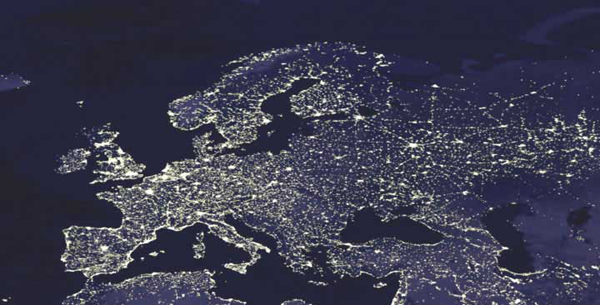Vishal Patel is co-author of today’s article
Ardent Partners defines a B2B or Business network as a web-based platform that enables interconnected buyers and sellers to trade, communicate, and/or collaborate with each other.
A quick trip back to the late nineties and we would see the online B2B marketplace craze that was just beginning was ahead of its time – Then business networks were over-hyped – the result of (1) having a technology that failed to keep pace with the vision and (2) having as a central sales target, a fairly unsophisticated and poorly prepared procurement function (very different from today where we see many transformed procurement organizations that successfully leverage process automation tools). Overhyped markets, by definition, fail; so it isn’t any wonder that the majority of business networks born in that era failed.
Fast-forward to today and the business network picture is very different – with more and more enterprises seeking innovative ways to engage with a greater number of their trading partners, the B2B network space, as the kids say, is “blowing up.” The fact that procurement and accounts payable groups are extending the reach of their automated solutions with cost effective, rapidly deployed, cloud-based solutions is another major contributing factor.
With the strong interest in our recent article, “Five Considerations When Selecting a Business Network,” we thought it would be beneficial to begin a discussion of the different categories of business networks and build out a landscape of the prominent networks within each category or type. We take for granted that the largest and most prominent cross-industry global networks like Ariba and Hubwoo are well-known to our readership, so we will focus this series on the networks that a majority have never seen.
Today we will look at the European network segment which is comprised of hundreds of providers (by our estimate, more than 400), most of whom are small and focus on specific countries or industries.
In global terms, it has been the European market (and more specifically the Nordic region) that over the last decade has made the most progress in terms of transitioning from traditional paper-based transactions to network based (electronic) transactions and ePayments [Note: we believe that a lack of regulatory pressure (which is beginning to change at the government level – as you can read about in this article on Payables Place) and a lack of eInvoicing standards have caused the US market to lag behind Europe.]. Despite this progress, more work is needed – for example, one major challenge to European eInvoicing adoption is the different country-specific regulations. The good news is that more work is being done as the EU continues to work to resolve issues around eInvoicing regulations and standards which will help to create an environment which allows for eInvoicing and network-based transactions to thrive. Some recent changes include:
- Recent changes (that went into effect Jan. 1, 2013) to EU invoicing and eInvoicing policies and standards including VAT that are designed to simplify the invoice process for all market participants and standardize cross-border invoicing (and eInvoicing).
- Denmark, Finland, Italy, Spain and Sweden will make eInvoicing mandatory for public authorities.
- The creation of the European Multi-Stakeholder Forum on e-Invoicing and national forums. This group will work towards a goal of making eInvoicing the primary transaction method by 2020.
The European Business Network is highly-fragmented with very few dominant players, even within a given country – a shakeout is needed. But, this fragmentation makes it difficult for the larger networks who have capital to invest to aggregate or “roll-up” the market. Additionally, the high value that SAP placed on the Ariba Network in its 2012 acquisition (discussed in this Ardent Partners report) has given most network operators a belief that their networks are deserving of a rich premium making an it less likely that there will be significant M&A activity in 2013.
But, the needed shakeout may still begin in 2013 as the recent changes to EU invoicing rules discussed above will increase competition in this market since the new rules make it easier for networks operating within a single country to sell their current network capabilities to customers in new countries.
Finally, we believe that the longer this market remains highly-fragmented, the greater chance exists for a new provider to enter the market with a disruptive approach and gain significant share.
With more than 400 unique European-based networks, it would be close to impossible (and quite foolhardy) to include every single European network on our initial list. So while far from comprehensive, the list of European networks included below gives a good flavor of the overall marketplace.
Stay tuned for Part 2 of this series which will provide insights into vertically-focused networks like legal, automotive, and entertainment.
Postscript: Here are the links to the above-referenced networks – Anachron, B4value, Celtrino, Crossinx, First B2B, Pagero, Ibistic, Hub 2 Hub, Maventa, Sproom

